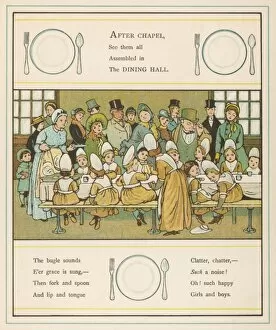Foundling Collection (page 4)
In the 1890s, a heart-wrenching incident unfolded in New York City when an abandoned baby was discovered by the police
All Professionally Made to Order for Quick Shipping
In the 1890s, a heart-wrenching incident unfolded in New York City when an abandoned baby was discovered by the police. This foundling, left to fend for themselves in a bustling metropolis, became a symbol of hope and resilience. Across the Atlantic, Foundling Hospital Schools in Berkhamsted provided solace and education to countless children who had been forsaken by society. These institutions were inspired by the powerful artwork depicting deserted foundlings such as "Study for Deserted - a Foundling" painted on canvas by Coram, Hogarth, and Holl. The theme of finding lost souls resonated throughout history as depicted in Frederick Goodall's masterpiece "Moise sauve des eaux - The Finding of Moses. " This painting captured the essence of rescue and redemption that echoed within London's own Foundling Hospital. Christmas carol services held at the Foundling Hospital in London brought joy to these once-abandoned children during festive seasons. Their voices filled with gratitude and newfound happiness as they sang hymns that touched hearts far beyond those walls. A receipt signed by William Hogarth himself serves as evidence of his involvement with this noble cause. The renowned English artist recognized the importance of supporting these vulnerable young lives through his artistry and philanthropy. Decades later, an anonymous creator crafted a poignant poster titled "Take me: I will bring you happiness" which encapsulated both desperation and longing for love from one abandoned soul to another. It served as a reminder that everyone deserves compassion regardless of their circumstances. Even centuries ago, artists like Tintoretto immortalized scenes like "Finding of Moses" on canvas; showcasing how stories about foundlings have captivated humanity since time immemorial. These paintings evoke empathy towards mothers forced into unimaginable decisions due to dire circumstances during times like "The disasters of war.















